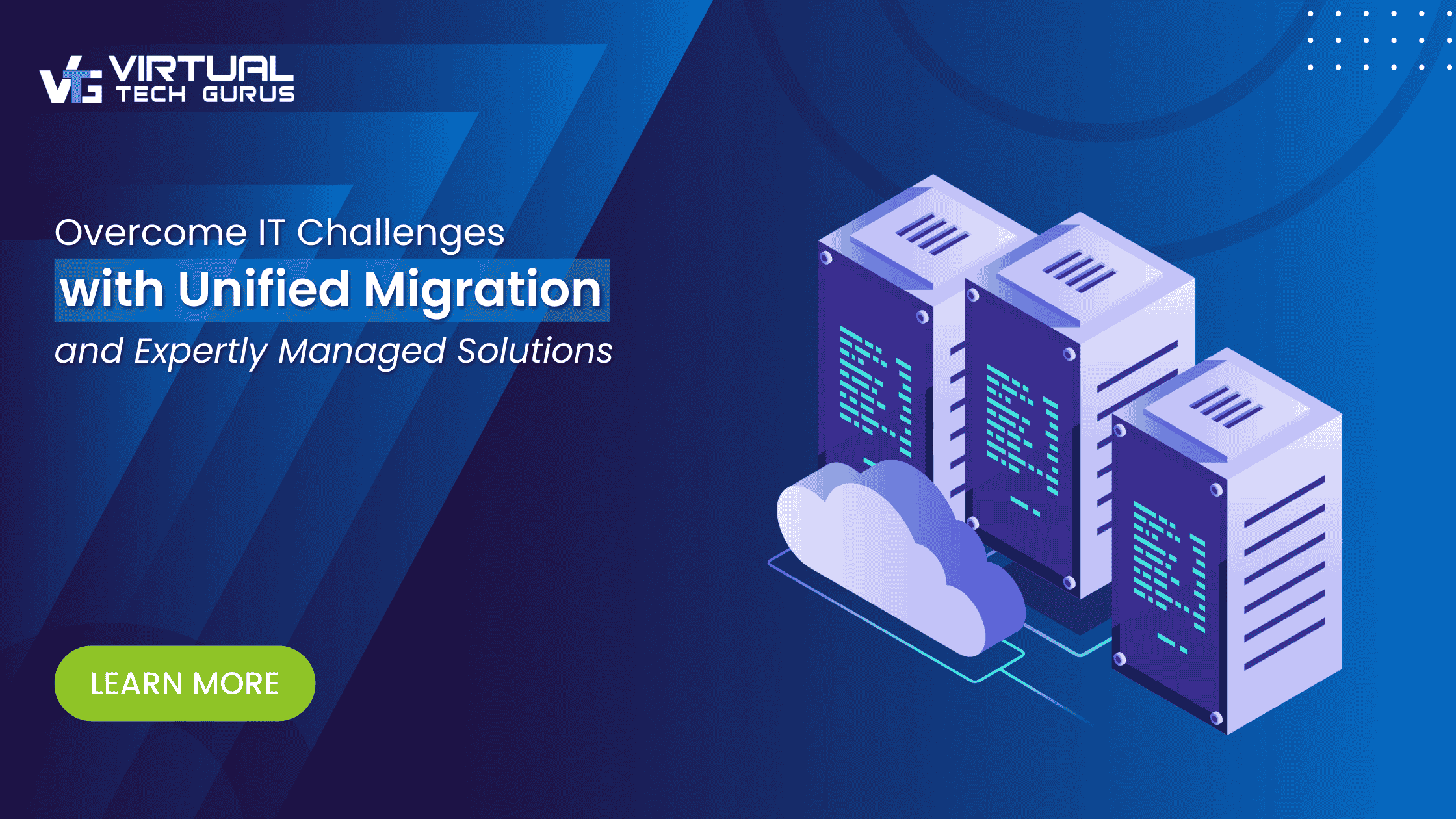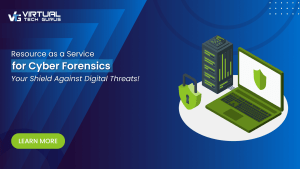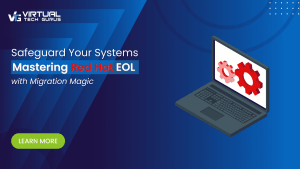According to the Cybersecurity and Infrastructure Security Agency (CISA), 55% of small and medium-sized businesses (SMBs) fall victim to a data breach or cyberattack each year that hinders business operations and causes financial loss. In the age of cloud computing, protecting data is more important than ever. The cost of cybercrime is significant, with global losses expected to reach a staggering $10.5 trillion by 2025.
What Is Cyber Resiliency?
Cyber resilience is the ability to bounce back from cyberattacks, disruptions, or outages. It’s a proactive way to approach cybersecurity, going beyond just firewalls and antivirus software. It’s about being prepared to handle cyber incidents and minimize their impact so your business can keep running and protect its valuable assets.
Why Is Cyber Resiliency Important?
The Evolving Cyber Threat Landscape:
Cyber threats are becoming more complex and widespread. Attackers use all sorts of tricks, like phishing emails and ransomware, to break into systems. Without cyber resilience, businesses could face big financial losses, damage to their reputation, and even legal trouble.
High Stakes:
Our dependence on digital systems and data has never been greater. Everything from critical infrastructure to healthcare, finance, and government operations relies heavily on technology. If these systems are disrupted or compromised, the consequences can be serious, even posing a threat to public safety.
Regulatory Compliance:
Many industries have strict rules in place to protect data and cybersecurity. If you don’t follow these rules, you could face hefty fines and even legal action. Cyber resilience can help organizations meet these compliance requirements.
Steps to build Cyber Resiliency
- Risk Assessment: Begin by identifying your organization’s vulnerabilities and assessing the potential impact of various cyber threats. Understanding your risk profile is essential for creating a good cyber resiliency strategy.
- Incident Response Plan: Develop a comprehensive response plan outlining how your organization will react to a cyber incident. This plan should cover communication protocols, containment procedures, and recovery strategies.
- Employee Training: Invest in cybersecurity training for your employees. Human error is a leading cause of security breaches, so educating your staff on best practices and potential threats is essential.
- Continuous Monitoring: Implement robust monitoring tools and practices to detect threats in real-time. Early detection can prevent small incidents from turning into major breaches.
- Data Backup and Recovery: Regularly back up your data and test your recovery processes to ensure they work as intended. Ransomware attacks can be less damaging if you can quickly restore your systems from backup.
- Cyber Insurance: Consider purchasing cyber insurance to mitigate the financial impact of a cyber incident. This can help cover costs related to data recovery, legal fees, and public relations efforts.
- Collaboration and Information Sharing: Collaborate with other organizations and share threat intelligence. A collective approach to cybersecurity can help identify and mitigate threats more effectively.
- Regular Updates and Patch Management: Keep all software and systems up-to-date with the latest security patches. Vulnerabilities in outdated software are often exploited by attackers.
The Limitations of Traditional Security Solutions
Many businesses still rely on traditional security methods, that are insufficient for today’s complex threat landscape. Here’s why:
- Limited Scope: Traditional assessments offer a snapshot in time, leaving businesses vulnerable to threats that emerge between assessments.
- Reactive Approach: These methods focus on identifying threats after they have occurred, potentially causing significant damage before being detected.
- Limited Insights: Traditional security solutions often provide limited data and actionable insights, making it difficult to prioritize vulnerabilities and make informed security decisions.
Introducing ZENfra: A data-driven approach to cybersecurity
ZENfra is a cloud-based consulting tool that helps organizations strengthen their cybersecurity posture. It gathers data from across your IT environment to give you a complete picture of your security risks.
- Customizable data collection: ZENfra can automatically collect data or use custom scripts to ensure all relevant information is captured, regardless of your IT setup.
- AI-powered insights: ZENfra’s AI engine analyzes the collected data to identify potential security issues and trends. This allows our consultants to understand your data landscape without needing access to sensitive information.
- Clear and actionable reports: ZENfra provides reports that visualize your IT environment by server, application, vulnerabilities, and more. This comprehensive view empowers you to make informed security decisions.
- Faster assessments, lower costs: ZENfra’s data-driven approach streamlines security assessments. This can significantly reduce project timelines and costs compared to traditional methods.
- Building trust and better decision-making: ZENfra focuses on transparency and collaboration. Our consultants use data to identify anomalies and work with you to make informed decisions about your business practices, recovery objectives, and overall cybersecurity posture.
Ready to learn more? Request for ZENfra demo today and see how our data-driven approach to security can help your business.





